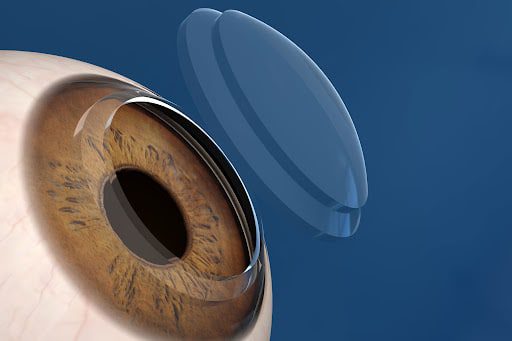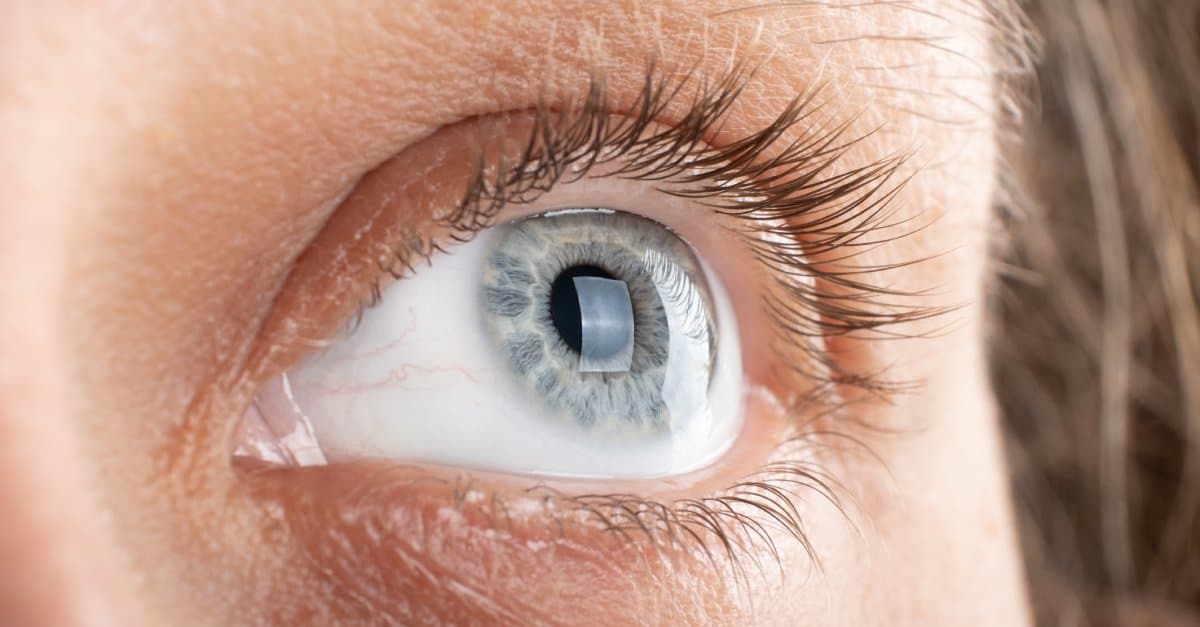An assistant professor of bioengineering at University of California Riverside created an adhesive that rapidly integrates corneal cells to accelerate healing and reduce the risk of secondary infections.
The drug developed by Iman Noshad it also reduces the risk and healing time for corneal transplants and injuries to theeye. Not a little: these are injuries that are about 10% of all visits to the eye emergency room and cornea transplants.
What changes
Today the remedies for corneal damage are basically two: stitches and glue. Sometimes people have complications with both of these methods.
Sutures, used for larger wounds and grafts, can induce astigmatism, bleeding, and infection. Cyanoacrylate glue, which can only be used for tiny abrasions, is characterized by low biocompatibility, cytotoxicity, opacity, and the likelihood of causing infections and cataracts.
“Our technology solves both problems,” he said stated Noshadi . "This reduces both operational and post-operative costs."

A sight for the horny
The new biocompatible glue is resistant, adherent, flexible and above all transparent. Sight will return much faster thanks to this biodegradable polymer that combines a choline-based ionic liquid (an organic salt with high water solubility and electrochemical properties) with polyethylene glycol, a biocompatible compound widely used in medical applications.
“Our gel will result in a safer procedure that will improve the patient's quality of life with better health outcomes by preventing loss of visual acuity or blindness.”
Easier cornea transplants
“A simpler procedure will save time and operational costs. It will eliminate corrective surgery and the need for extensive postoperative care,” says Noshadi.
When the glue is on the market, cornea transplants will be cheaper, less dangerous, with a faster course and above all more accessible for people who need them.
The product will be on the market by 2026.


